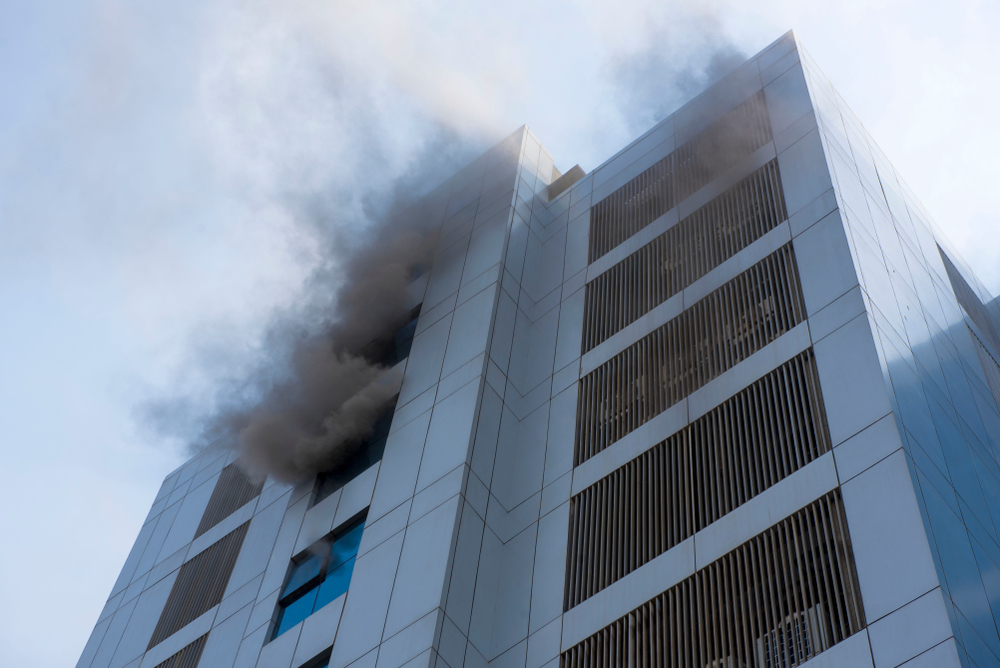We seem to be in a time in which there are more applications for property tax refunds under subsection 357(1) of the Municipal Act, 2001 and subsection 323(1) of the City of Toronto Act, 2006. When we refer to subsection 357(1) of the Municipal Act, 2001, the same commentary applies to subsection 323(1) of the City of Toronto Act, 2006 as their operative parts are identical.
In our previous blogs, Applying for a Tax Refund and Damage That Leads to a Tax Refund, we examined the procedure for applying for such refunds and the meaning of “damaged by fire, demolition or otherwise so as to render [a building on land] substantially unusable for the purposes for which it was used immediately prior to the damage” in subparagraph 357(1)(d)(ii).
In this blog, we look at principles relating to the calculation of a tax refund if a taxpayer satisfies the requirements under subparagraph 357(1)(d)(ii).
Paragraph 357(1)(d) of the Municipal Act, 2001 states:
(1) Upon application to the city treasurer made in accordance with this section, the City may cancel, reduce or refund all or part of taxes levied on land in the year in respect of which the application is made if…
(d) during the year or during the preceding year after the return of the assessment roll, a building on the land,
(i) was razed by fire, demolition or otherwise, or
(ii) was damaged by fire, demolition or otherwise so as to render it substantially unusable for the purposes for which it was used immediately prior to the damage…
What is apparent on the face of subsection 357(1) and on a review of the Municipal Act, 2001 is that there is no legislated method for calculating tax refunds. This was recognized in cases like the Assessment Review Board’s review decision in Michalakos v Mississuaga (City), 2020 CanLII 28973 (the “Michalakos Review Decision”) (see para 19) and the Board’s decision in Canadian Property Holdings (Ontario) Inc. v Municipal Property Assessment Corporation, Region 15, 2017 CanLII 78332 (see para 68).
In the Michalakos Review Decision, the municipality attempted to argue that subsection 329(5.1) of the Municipal Act, 2001 provides “a clear direction about how to calculate a refund under s. 357(1)(d)” (see para 13). The Board held that “a reduction in taxes payable under s. 357 is based, in major part, on a reduction of the assessed value of the property” (see para 11). After reviewing the relevant sections of the Municipal Act, 2001, the Board found that neither subsection 329(5.1) nor the formula in that subsection “provide any assistance on how to determine the quantum of a reduction in property value” (see paras 16-17). Subsection 329(5.1) provides no assistance in determining the amount of a tax refund under subparagraph 357(1)(d)(ii).
Subsection 357(1) includes eight paragraphs in which a taxpayer may be entitled to a tax refund. Each of those paragraphs applies to different situations and the comments in this article may (or may not) be applicable to paragraphs other than 357(1)(d). The purpose of each paragraph should be kept in mind in determining whether a certain approach in calculating a refund is proper. Further, the same paragraph may be amenable to different methods for calculating refunds depending on the facts of a particular case and on the evidence and legal submissions presented.
This is what the Board concluded at paragraph 18 of the Michalakos Review Decision:
If the value of the property is reduced due to any of the circumstances enumerated in [section 357], in this case damage by fire, then it follows that the amount of municipal taxes payable should be reduced to reflect the reduction in property value. The method used to determine the quantum of the reduction in value must reflect this purpose. Absent any legislative formula or direction, this determination is case specific, and the method used to determine the reduction must be supported by the evidence adduced.
The Michalakos Review Decision was a case dealing with subparagraph 357(1)(d)(ii). We simply note that a reduction in property value may not be a proper measure under each paragraph of subsection 357(1). For example, paragraph (a) deals with a change of classification resulting from a change event. Presumably, the best measure of a refund will be the difference in tax rates between the two classifications. Paragraph (d.1) deals with an applicant who is unable to pay taxes because of sickness or extreme poverty. Given that purpose, a reduction in property value does not appear to be a suitable measure for a refund. If there is no reduction in property value resulting from a particular paragraph of subsection 357(1), then the amount of the refund need not reflect a reduction in property value. This is consistent with the Michalakos Review Decision.
Still, regarding subparagraph 357(1)(d)(ii), it is reasonable to adopt a flexible approach in calculating a refund to reflect the reduction in property value. As the Board stated in the Michalakos Review Decision, “there is no prescribed methodology to determine the quantum of the reduction of the assessed value of the Subject Property, subject to the proviso that it be consistent with the valuation method used to determine the assessed value of the Subject Property” (see para 26).
The purpose of subparagraph 357(1)(d)(ii) is to provide a refund when a building is damaged so as to render it substantially unusable for the purposes for which it was used immediately prior to the damage. If those requirements are met, a refund calculation should reflect the impact of the damage on the property’s value.
So, in the case of a property being valued on the cost approach, in which the land and the building are separately valued, the impact on value of both the land and the building must be considered. This was the case in Panagiotis v Municipal Property Assessment Corporation, Region 15, 2019 CanLII 79905 (the “Michalakos Original Decision”). The Board (i) accepted evidence showing the cost to repair the damage as the amount to reduce the assessed value of the Property, (ii) calculated the total taxes payable on that reduced value and (iii) determined the refund owed to the Appellant (see paras 31-34 of the Michalakos Original Decision). In the Michalakos Review Decision, the Board denied the municipality’s request for a review and affirmed the use of a cost to repair to reflect the reduction in value. The primary issue in a cost approach to value is the cost to repair the building (see para 26).
For properties being valued on an income approach, net income is capitalized to arrive at an assessed value. Properties valued on the income approach are valued on their income production. Land does not have a separate value. So, it is logical to use a decline in net income resulting from the damage to calculate a reduced value and then the amount of a refund under subparagraph 357(1)(d)(ii). Such an approach is consistent with the principles stated in the Michalakos Review Decision.
This approach to calculating a refund for properties valued by the income approach was endorsed by the Board in Invest Master Properties GP VIII Ltd. v Ottawa (City) (“Invest Master”), in which the subject property had undergone substantial repairs due to water penetration and exterior wall deterioration. The Appellant took the position that because the subject property had been valued for assessment purposes using the income approach, the amount of tax refund should be based upon the projected decline in income as a result of the remedial work. The Board held that a refund should be calculated based on the actual loss in revenue experienced by the Appellant as a result of the water damage and subsequent repairs.
If a property has no value as a result of damage under subparagraph 357(1)(d)(ii) over a certain period, there is no value and therefore no taxes should be payable for that period. This was the approach the Board took in Bayer Inc. v. Sarnia (City), where the Board stated that a total refund was appropriate where the buildings had no value as a result of being damaged so as to render them substantially unusable (see paras 14-16).
In a case involving damage under subparagraph 357(1)(d)(ii), parties should be prepared to present the best evidence of the impact of the damage on the value of the property.
NextGenLaw LLP would be happy to help you prepare the best evidence in seeking a refund for your damaged properties. Contact NextGenLaw LLP today to see how we can help.
.png)


